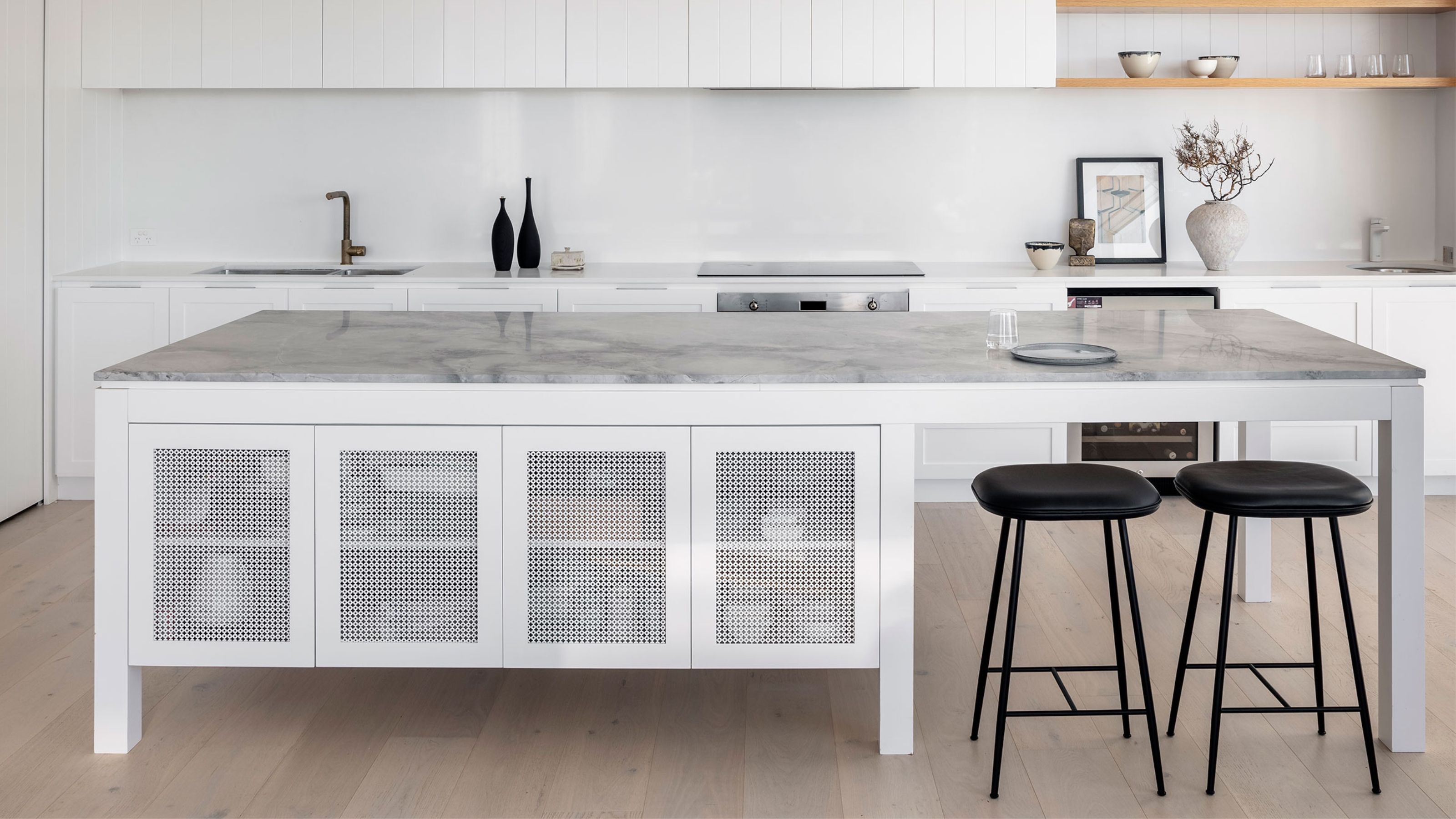
These days, the kitchen island has become a feature many feel you must accommodate for at all costs, but does your kitchen really need one? In some instances, an island simply doesn't make sense in terms of available space, or in cases where there is already plenty of counterspace, they really just create more room for clutter to build up.
That's definitely not to say a kitchen island is not worth considering in your design, though. It's just worth questioning whether it's worth sacrificing space (or budget) for in order to squeeze it in. Plus, there are plenty of other ways to add counterspace without adding an island.
So, if you're undecided on whether your kitchen really needs an island (and yes, it's a big and important decision), our guide below steps you through the questions to ask yourself, the types of spaces that a kitchen island works best in, and the types it doesn't, as well as some alternative solutions.
When is Having a Kitchen Island a Good Idea?
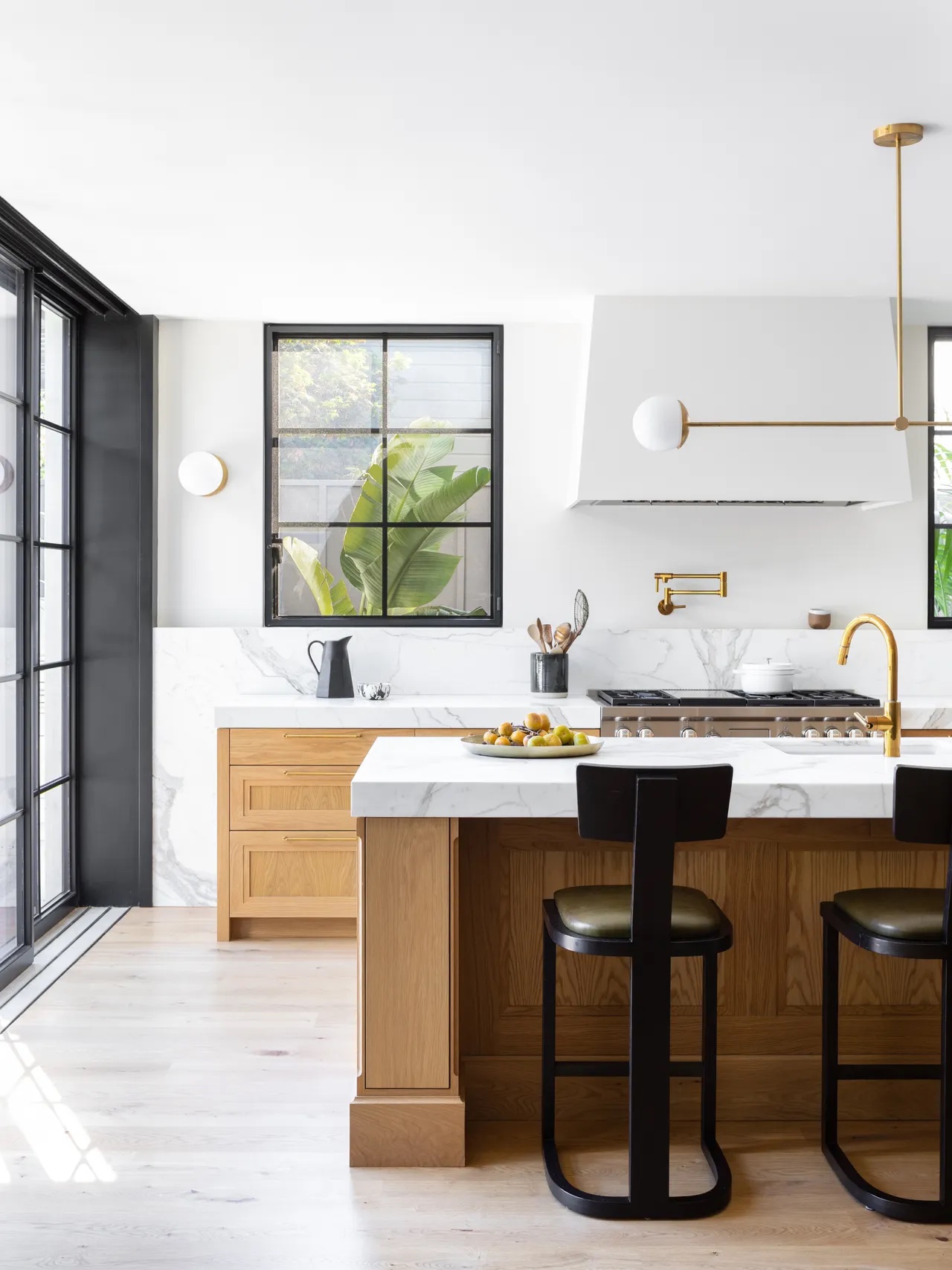
There are a lot of reasons why kitchen islands are such a frequently requested feature when designing new kitchens. Being such sociable spaces, kitchens can really benefit from having a central hub around which everyone can congregate. Plus, they offer so much in the way of storage.
Architect Georgina Wilson, principal at Georgina Wilson Associates, says kitchen islands are an incredibly efficient design choice, as they can serve a multitude of purposes. "In my own narrow terrace house, the island is the center of our lives," she says. "It becomes the buffet during large family gatherings, provides extra seating as the 'kids table', and serves as a fantastic, uninterrupted prep bench where we can all cook together."
But beyond its functionality, "it's also a beautiful sculptural element in my otherwise minimalist home, and the marble itself bring me great joy," she adds.
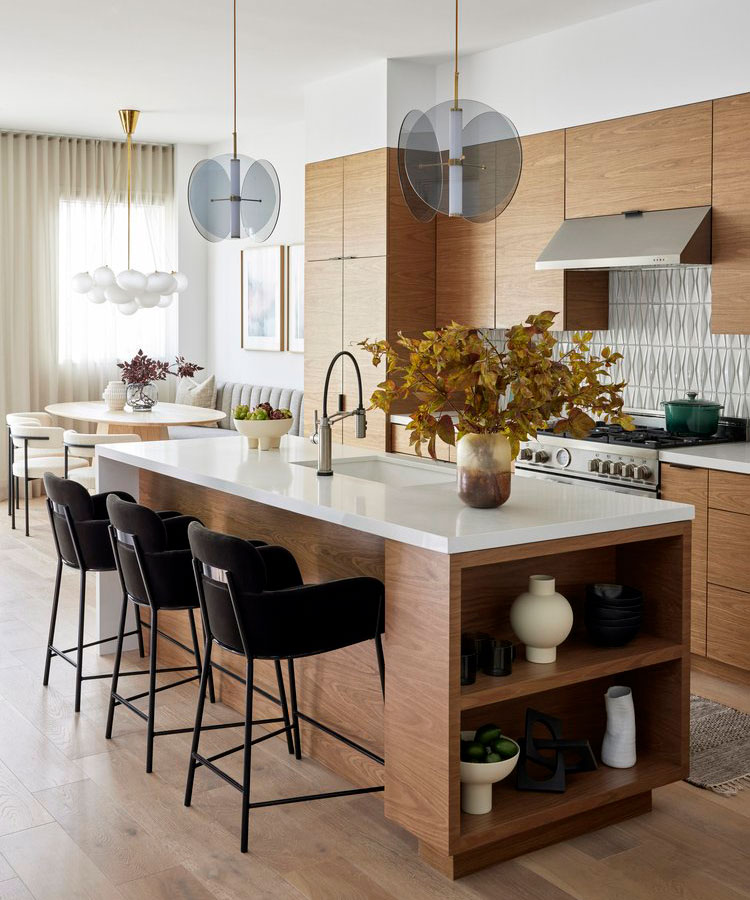
But there are other advantages to including an island in your kitchen too. "An island offers you a wonderful central work zone within the kitchen, and, since fridges and ranges are typically on the perimeter, the island becomes the natural middle ground for prepping, washing, and then returning to the perimeter to cook," adds Teri Simone, head of design and marketing at Nieu Cabinet Doors.
They also keep the space feeling social and encourage a sense of connection and conversation. "Islands offer a natural eat-in spot if you lack space for a kitchen table, and they can provide a spot for friends and family to sit and be part of the cooking action, even if they aren't helping to prep," adds Teri.
But, does your kitchen really need an island?
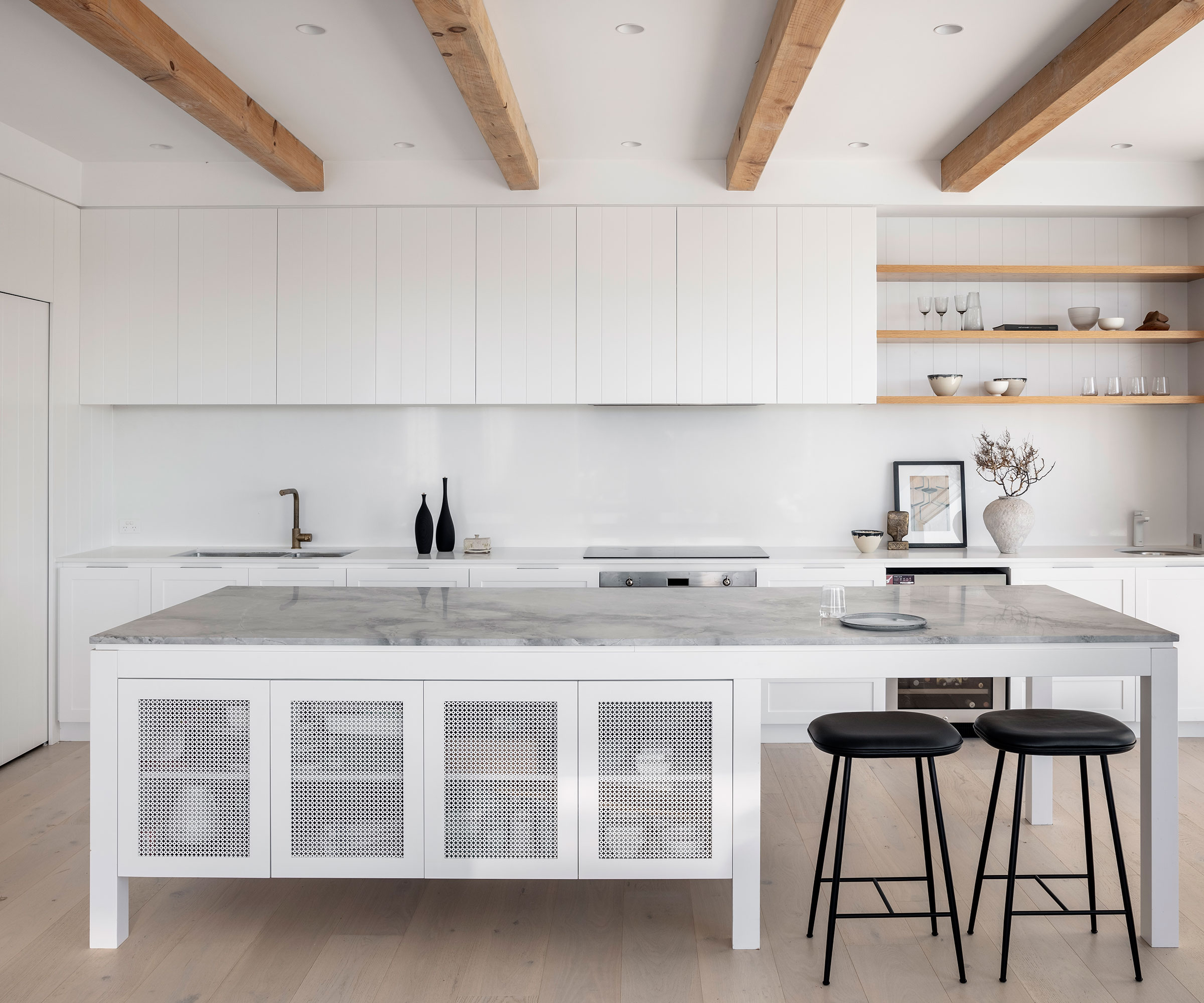
While an island can be an incredibly useful and highly aesthetic feature in your kitchen, you don't necessarily need one in order to have a space that functions well or looks luxurious — in fact there are many kitchens without an island that perform just as well as those with.
Georgina agrees that a kitchen certainly doesn't need an island. "The primary requirements for any kitchen are a work zone (which includes your clean-up zone, a small prep zone and your cooktop) and a small yet tall utility zone (which includes your fridge and pantry at a minimum)," she says. "Effectively, you have all your basic needs covered if you have these elements in place."
That being said, if you have the space, all of the designers we spoke to said they'd recommend including an island in your kitchen. "Every party always winds up in the kitchen, no matter how great the view is from the deck, and people always surround the island, so if you can swing one, make it happen,' says La-based interior designer and TV presenter Tracy Metro.
But she prefaces that by saying: "Having an overly large island can diminish the feel of a kitchen. Having too small of an island can feel like a dinghy in an ocean. It’s like the three bears — you need one that’s just right."
Things to Consider to Help You Make a Decision
Is Your Kitchen Big Enough for an Island?

While you might be desperate to include an island as part of your small kitchen ideas, the last thing you want to do is shoehorn one in at the expense of the rest of the layout.
"Islands suit larger kitchens, it is always a mistake to try and squeeze an island into a narrow kitchen as it will make the space feel cramped and hinder movement," warns Looeeze Grossman, founder of The Used Kitchen Company. "Smaller kitchens often lack the space needed for an island, making other space-saving solutions more appropriate."
In terms of the amount of space you need, you really need to think about clearance space around the island. "It’s best to leave at least 42” of walkway room, and if you often have lots of people in the kitchen, consider expanding that to 48” for ease of movement,” says Teri Simone.
Once you've established whether you've got enough clearance space, you'll be in a better position to determine whether or not you really have the space for a kitchen island. There is no point specifying a miniscule island that isn't fit for purpose just for the sake of it.
Georgina Wilson says that anything less than 60" is a "stump" and not an island, adding that "the size of a kitchen island depends on the overall room size, but generally, a width of 40" is optimal, and a length of 60" tends to feel comfortable," and that "the island should always be longer than it is wide, with a minimum size of 60" in length and 40" in width."
Interior designer Victoria Holly, principal of Victoria Holly Interiors, says that her ideal island size is 48" x 100".
What are some alternatives to kitchen islands?
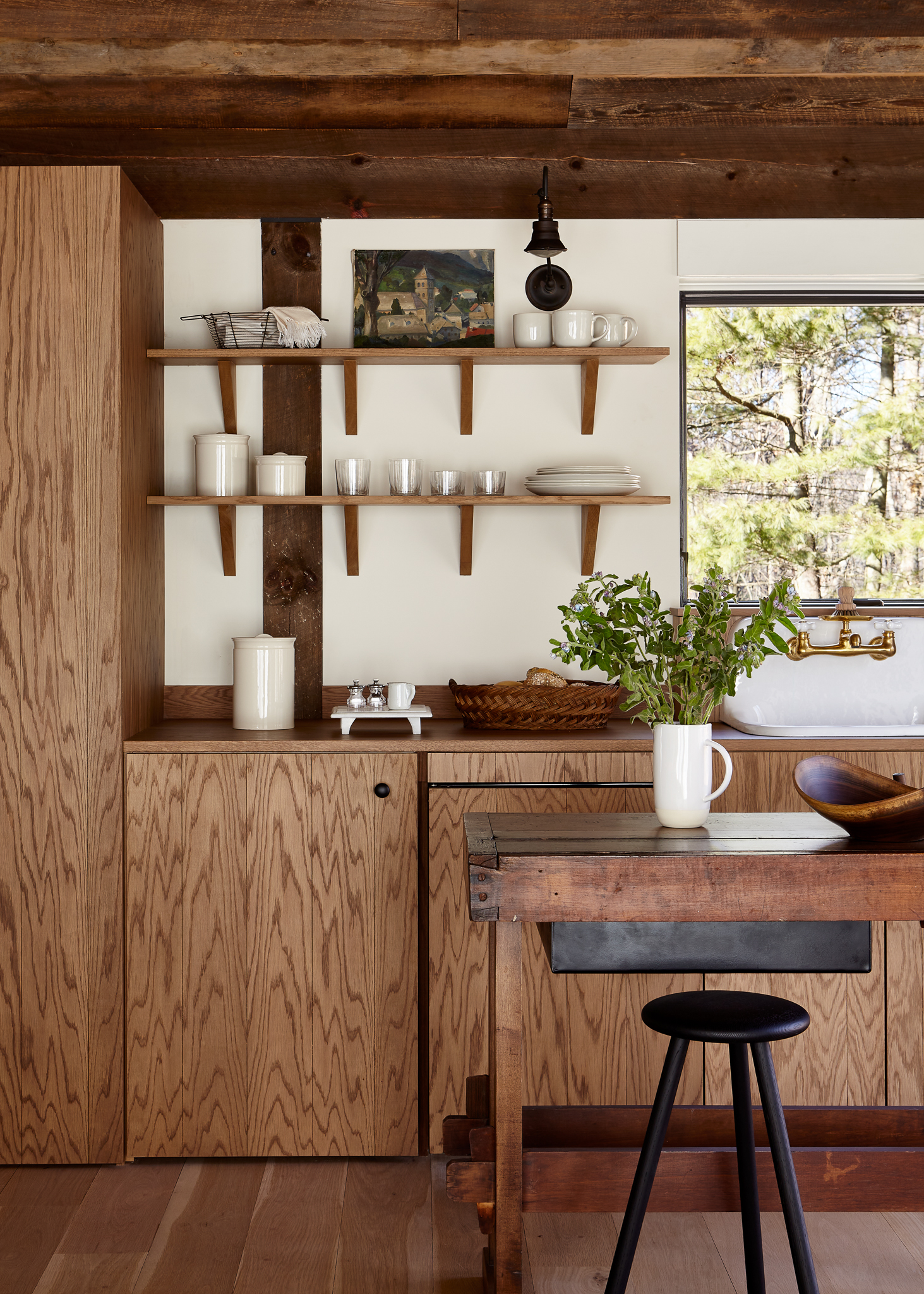
There are also plenty of alternative kitchen island ideas that may work much better in your space. A small countertop-height table or butcher's block that isn't fixed into place works brilliantly, as do rolling islands on wheels (considered by some to be replacing the kitchen island altogether).
"If your kitchen just won’t accommodate an island that’s fixed to the floor, a mobile rolling cart is a great way to achieve the essence of an island without stuffing up your space all the time," says Tracy Metro. "It’s there when you need it and can easily be rolled away when you don’t."
That being said, if you're drawn to the idea of a rolling island, it's important to consider where you will store it when it isn't needed, to ensure it won't end up constantly being in the way.
Kitchen peninsula ideas are also a brilliant alternative that work particularly well in open-plan kitchens as a way of zoning the two spaces. "A peninsular is a great alternative solution, as it can butt up against the wall rather than requiring the metre clearance an island requires," says Looeeze Grossman.
And as a last resort, if you're in dire need of more countertop space but don't have the room for any kind of island, you could consider a sink cover to provide an additional food prep area.
Price: $169.99
This super useful kitchen cart not only has a good-size countertop but also comes complete with two drawers, open shelving and hanging racks. The wheels are lockable to ensure it remains stable when in use.
Price: $43.99
A sink cover is the perfect way to get extra countertop when it is needed and this adjustable model comes with built-in juice grooves, plus two spaces designed to make it easy to brush food debris straight into the sink.
Price: $135.99
If you are looking for an all-in-one portable kitchen island then we've found just the thing. This design not only features drawers and cabinets, but also power outlets so you can plug in your appliances when needed.
When is a kitchen island essential?
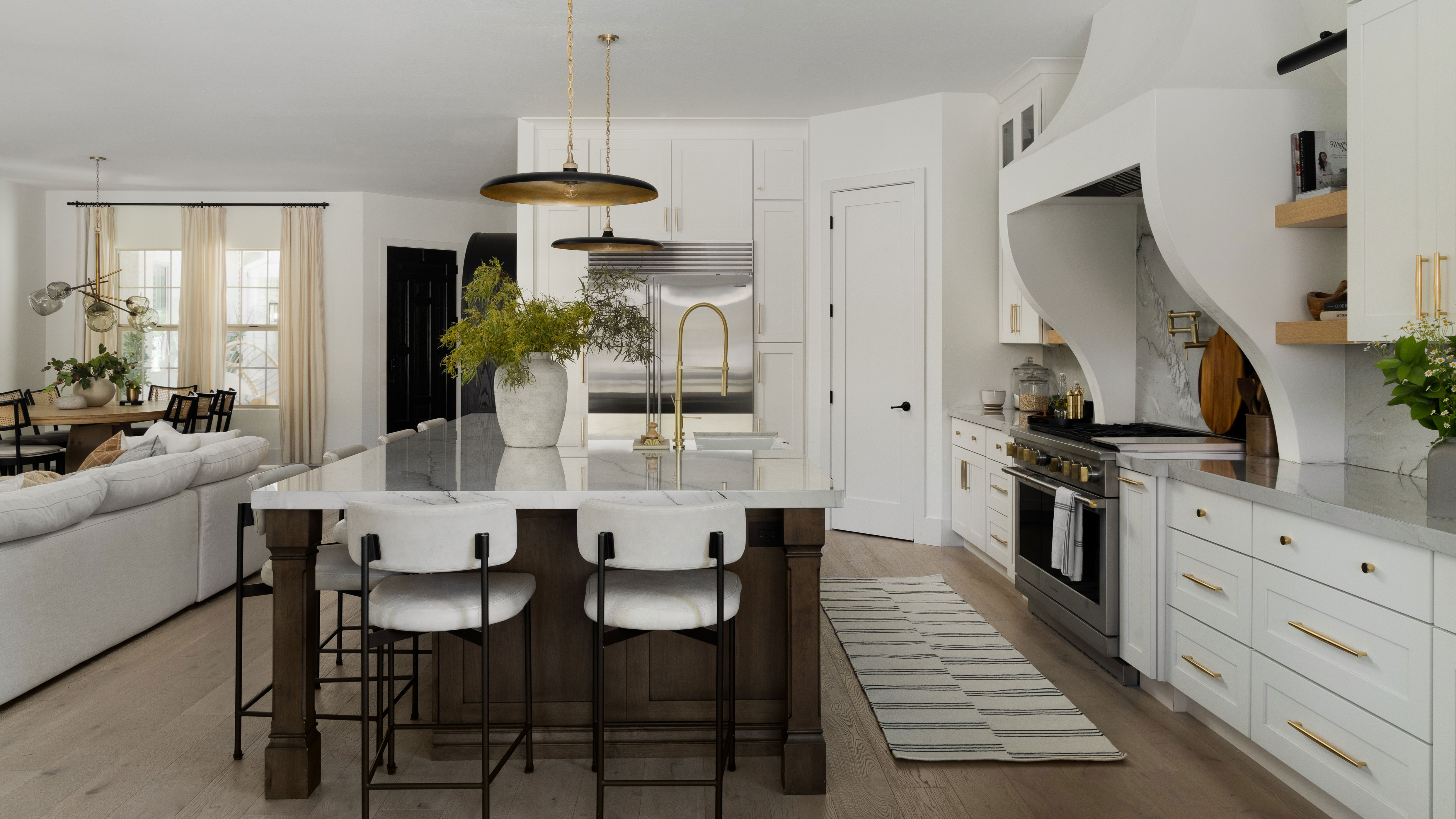
While we've weighed up situations when you don't really need a kitchen island, or when it wouldn't be advised to include one, there are also certain situations when a kitchen island is actually considered to be an essential feature.
This is often the case when the size of the room is excessively large or open-plan, explains construction expert Al Ruggie of ASAP Restoration LLC. "In these cases, an island not only sets the space apart visually, but is also provides additional surfaces and structures that impede echoing in larger rooms. Great rooms without big tables and rugs sound like echo chambers, so if the space is big enough, an island might be one of the only ways to make having conversations in the room a tolerable experience."
So, the simple answer here is that if you can comfortably fit an island into your kitchen, it's advisable to do so. Not only does it provide an opportunity to make a style statement, but it will also improve the functionality and flow of your kitchen.
But, trying to squeeze one into a space that's too small is definitely going to be a kitchen layout mistake you'll regret, and it's important to keep in mind that your kitchen doesn't need an island in order to function and look beautiful — it all comes down to designing a layout that both makes the most of your space, as well as provides easy access to the essentials.







